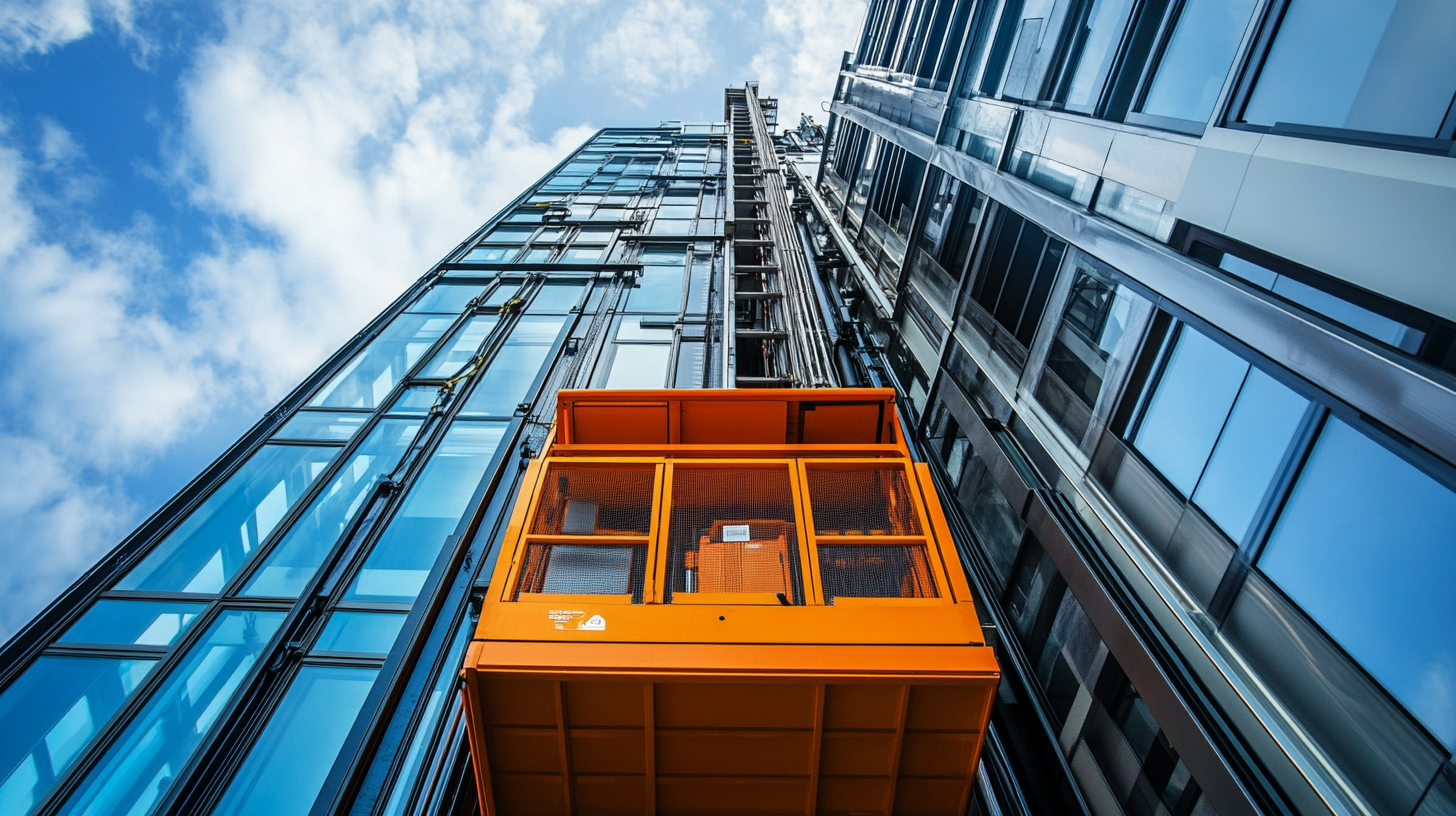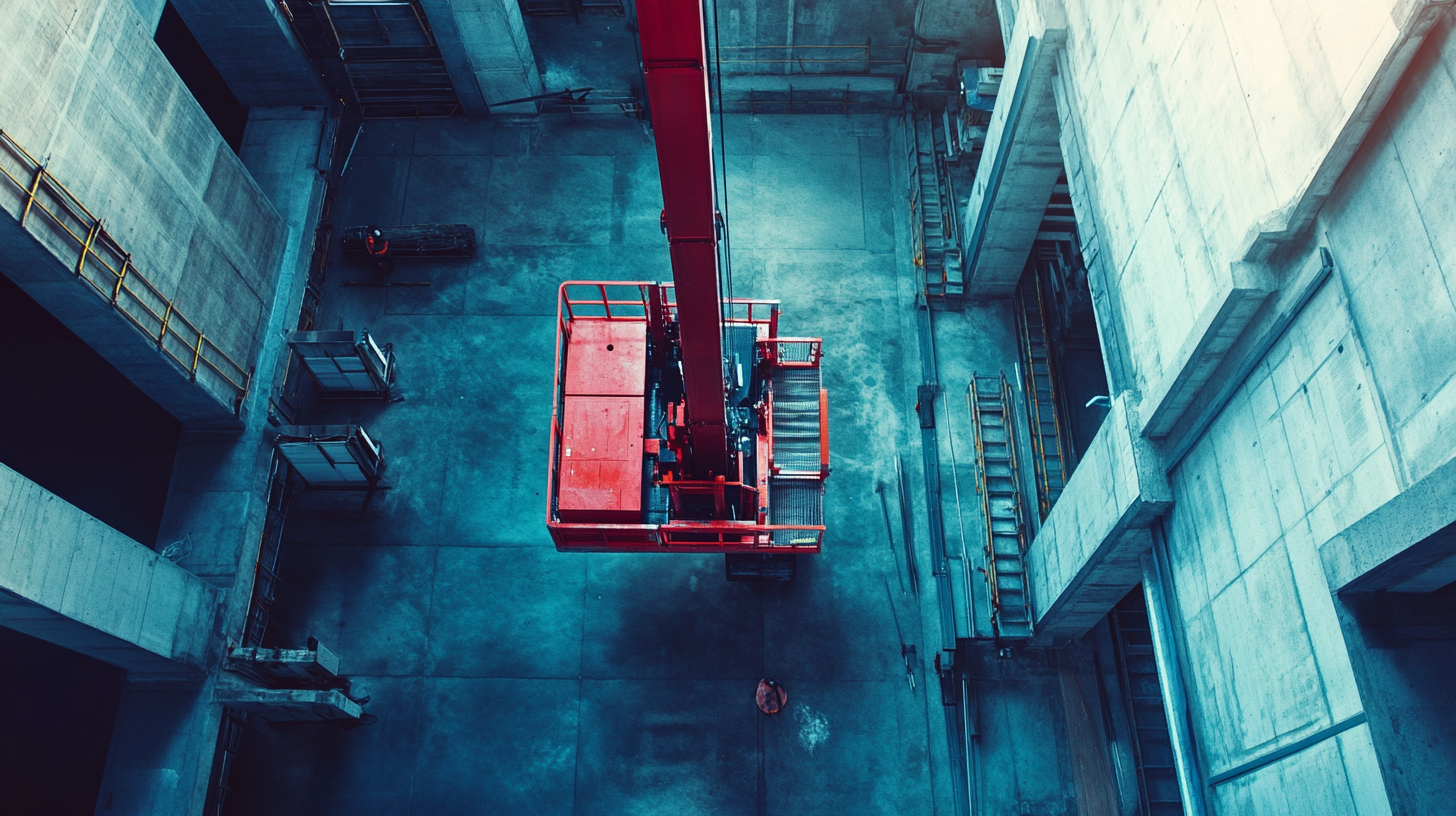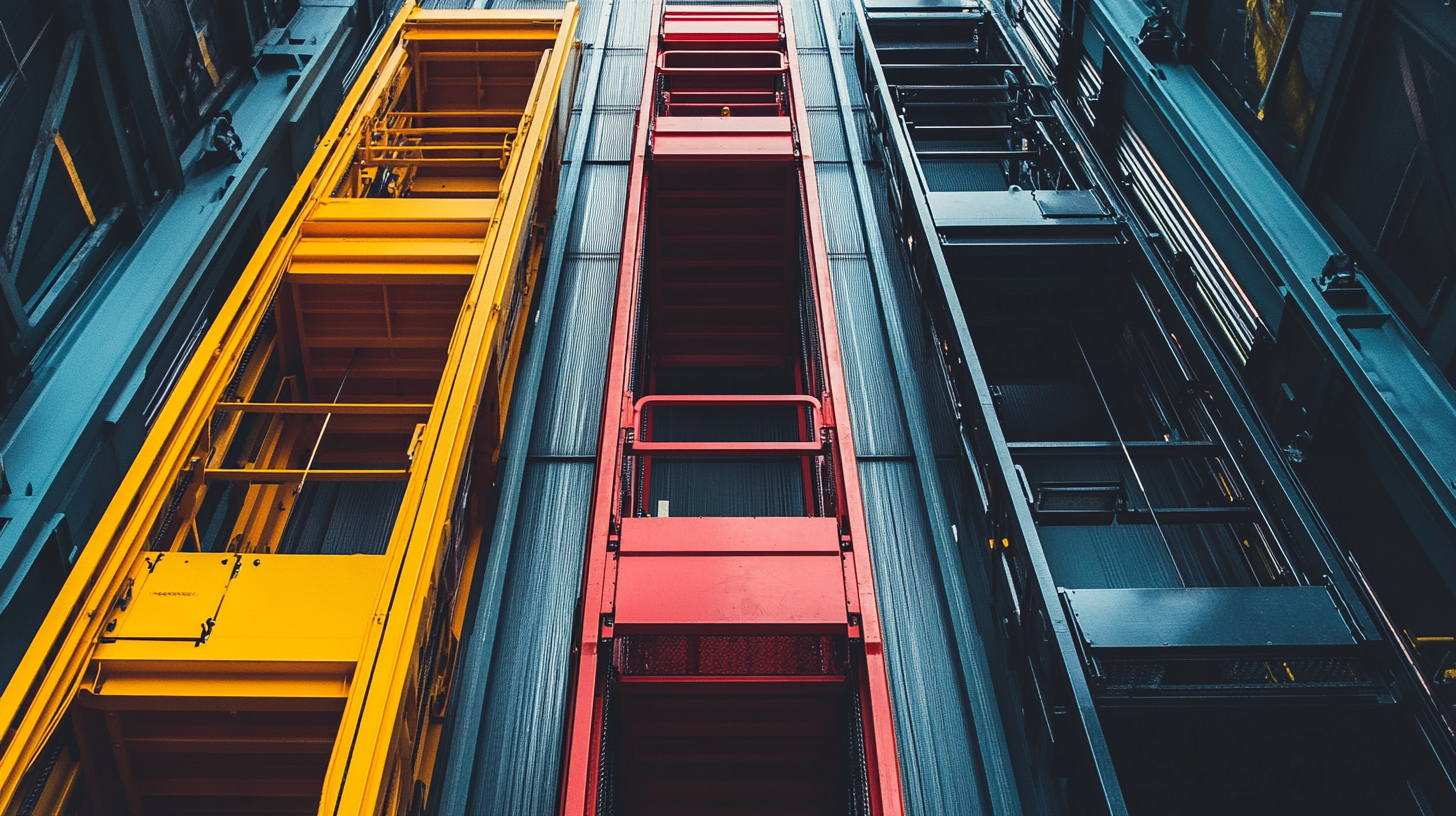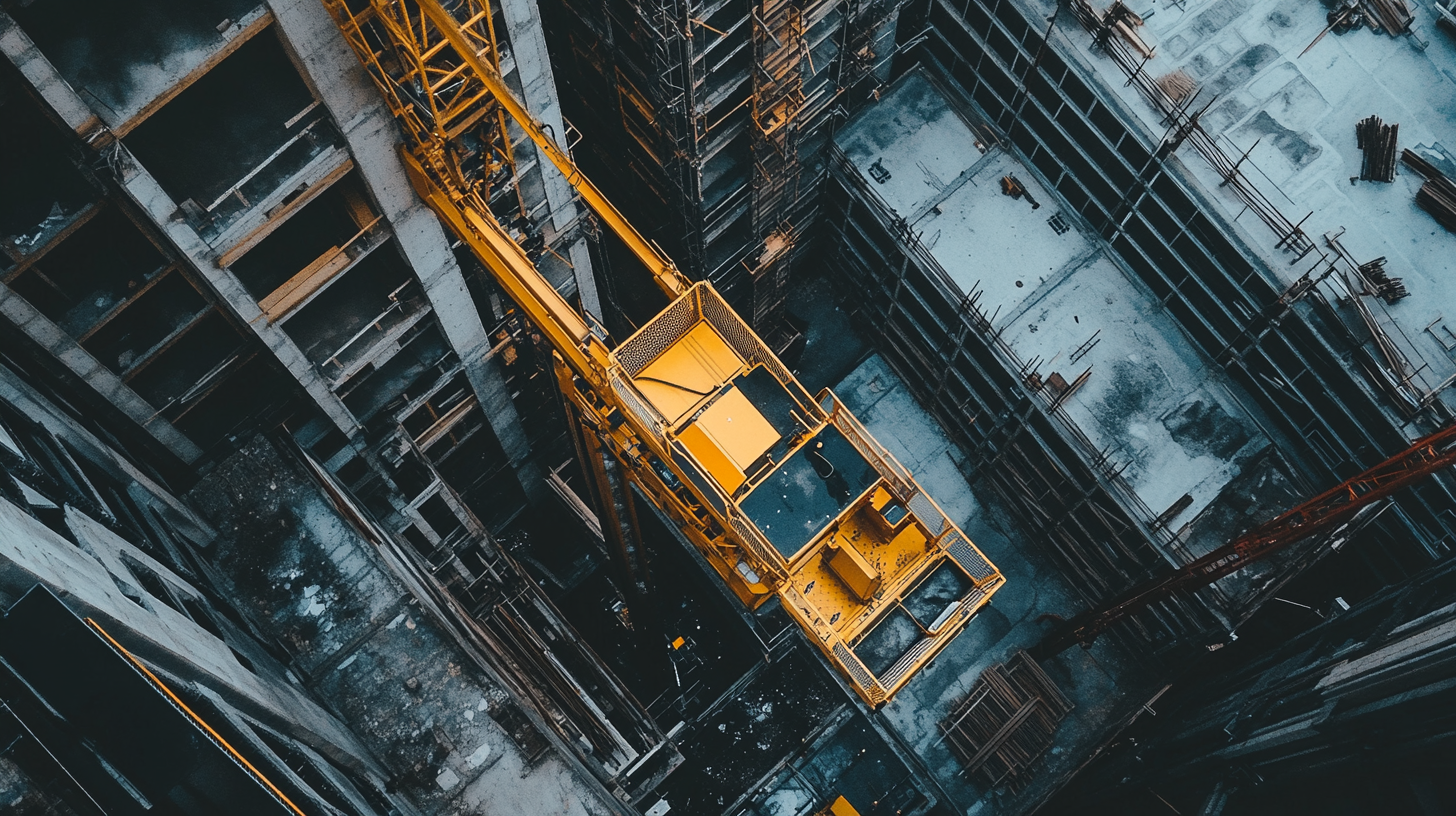The Ultimate Guide to Choosing the Right Lift Rental for Your Project Needs
When embarking on a construction or maintenance project, one of the pivotal decisions you'll face is selecting the appropriate lift rental. With a multitude of options available, understanding the specific requirements of your project is essential to ensure safety, efficiency, and cost-effectiveness. A well-chosen lift can significantly enhance productivity, allowing your team to reach heights with ease and confidence. However, navigating the diverse types of lifts and their respective functionalities can be daunting without proper guidance.
In this ultimate guide, we aim to simplify the lift rental selection process by providing comprehensive insights into the various types of lifts, their applications, and key considerations to keep in mind. Whether you need a boom lift for outdoor jobs or a scissor lift for indoor tasks, recognizing the unique strengths and limitations of each can make all the difference. Join us as we delve into the factors that influence your lift rental choice, ensuring that your project runs smoothly from start to finish.

Understanding Different Types of Lifts and Their Applications
When selecting the right lift for your project, understanding the various types of lifts and their specific applications is crucial. From boom lifts to scissor lifts, each type serves unique purposes in construction and maintenance tasks. Boom lifts are ideal for reaching high places and navigating around obstacles, while scissor lifts provide stable platform access for tasks that require a larger work surface. Choosing the right lift not only enhances productivity but also ensures the safety of workers in high-risk environments. Safety in lift zones is a paramount consideration in preventing struck-by injuries. Workers and employers must collaborate to establish best practices that enhance safety when using lifts near cranes and other heavy machinery. For instance, implementing clear communication protocols and demarcating lift zones can significantly mitigate risks. Investing in proper training can also empower workers to recognize potential hazards and take necessary precautions. As the global market for lifts continues to grow—projected to reach USD 79.06 billion by 2030 with a CAGR of 6.7%—it becomes increasingly important to stay informed about the advancements and innovations in lift technology. Understanding the available lift options and their specific applications not only helps in selecting the right equipment but also plays a vital role in fostering a culture of safety and efficiency on construction sites.

Key Factors to Consider When Renting a Lift for Your Project
When it comes to renting a lift for your project, several key factors require careful consideration to ensure you select the right equipment. First and foremost, understanding the specific requirements of your project is vital. According to a report by the American Rental Association (ARA), approximately 50% of contractors experience project delays due to inadequate equipment selection. Evaluating the height and weight capacity needs of your tasks will significantly influence your equipment choice. For instance, a boom lift may be necessary for reaching higher elevations, while a scissor lift is ideal for flat surfaces within a limited height range.
Another critical factor is the lift’s operational environment. Whether you are working indoors or outdoors can dictate the type of lift you need. A recent survey published in Rental Equipment Register highlighted that 70% of rental users preferred lifts designed for outdoor use due to their enhanced durability and reliability under various weather conditions. Furthermore, considering the lift's power source is essential; electric lifts are suited for indoor environments to minimize emissions, while diesel models are preferable for outdoor applications requiring more power and mobility.
Lastly, it is essential to keep an eye on the rental duration and associated costs. A study by Market Research Future found that about 30% of construction project budgets are allocated to equipment rental. Choosing a lift that matches not only your project timeframes but also aligns with your budget can lead to substantial savings. Understanding these key factors will empower you to make a more informed decision, thereby ensuring that you choose the right lift rental for your project needs.

Assessing Your Project's Height and Weight Requirements
When it comes to selecting the right lift rental for your project, understanding your project's height and weight requirements is crucial. The evaluation process should begin by assessing the maximum height you need to reach. Consider the tallest elements on your site, such as roofs or high ledges, and ensure that the lift can comfortably and safely extend to these heights. Rentals come in various types, including scissor lifts and boom lifts, each catering to different reach needs. Scissor lifts are excellent for vertical maneuvering, while boom lifts provide extended reach and flexibility for accessing challenging spots.
In addition to height, weight limits must also be thoroughly examined. Every lift rental comes with a rated maximum load capacity, which includes both the platform’s weight and any additional equipment or personnel. Overloading a lift can lead to dangerous situations and potential accidents, so it’s essential to calculate the total weight that will be on the lift. Factors like the number of workers using the lift and the materials being transported increase the load, and keeping within the limit ensures safe operation.
By accurately assessing these criteria—height and weight requirements—you can make a more informed decision on the best lift rental for your project. Not only does this enhance safety and efficiency, but it also helps optimize productivity on the job site, allowing you to focus on the task at hand without the worry of equipment performance issues.

Evaluating Rental Costs and Budget Constraints
When deciding on a lift rental for your project, it's essential to consider not just the operational requirements but also the financial constraints that may impact your choices. With many cities facing budgetary limitations, like Burlington contemplating cuts to its recycling program, understanding the balance between cost and service becomes vital. The need to evaluate rental costs is heightened in an environment where every dollar counts, requiring project managers to make informed decisions about the tools they employ.
To effectively navigate budget constraints, one should first assess the total cost of renting a lift. This includes not just the daily or weekly rental fees but also associated costs like transportation, maintenance, and potential operator training. By calculating the total cost of ownership, including the opportunity cost of choosing a rental versus purchasing equipment outright, project managers can gain clarity on the true financial impact of their choices.
Furthermore, drawing parallels from recent economic analyses can provide insights into how budgeting in broader fiscal terms can apply to individual projects. For instance, understanding trends in economic security programs and their effect on poverty levels can mirror how tight financial resources at the municipal level influence project investments. Evaluating the return on investment (ROI) for lift rentals requires careful consideration of not only the upfront costs but also the long-term benefits, ensuring that your project remains both feasible and financially viable.
Safety Tips for Operating Rented Lifts on Job Sites
When it comes to working at height, safety is paramount, especially when using rented lifts on job sites. According to the Occupational Safety and Health Administration (OSHA), falls are among the leading causes of fatalities in construction. To mitigate these risks, it’s essential to implement strict safety protocols when operating rented lifts. Before beginning any project, ensure that all operators are qualified and trained in safety practices related to lift use, as mandated by industry regulations.
Regular maintenance checks and inspections should also be conducted on rented lifts prior to use. The American National Standards Institute (ANSI) specifies that lifts should be inspected daily before operation, focusing on critical components such as brakes, tires, and hydraulic systems. Moreover, operators should be familiar with the specific lift model being used. Understanding the lift's load capacity, work height, and operation features can significantly reduce the likelihood of accidents.
Another critical aspect is ensuring the worksite is hazard-free. The National Safety Council reports that approximately 50% of workplace accidents involve slips and trips, often exacerbated by clutter and uneven surfaces. By keeping the work area organized and minimizing obstacles, the overall safety of using rented lifts can be improved. Employers must also emphasize the importance of wearing appropriate personal protective equipment (PPE), such as hard hats, safety goggles, and harnesses, to further enhance safety standards on the job site.
